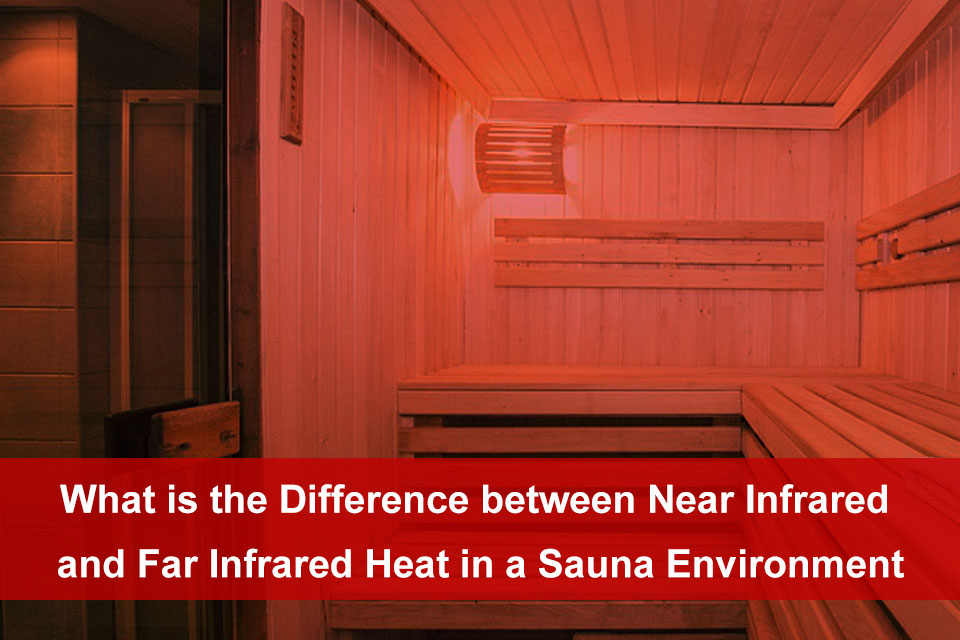
Regarding infrared saunas, they can come in both near infrared and far infrared versions. Although always a smart move to add a sauna to your home, knowing what type of sauna heat you’re working with is important. Near infrared and far infrared heating elements work a little differently.
Near infrared light is contained within the spectrum of natural sunlight. Almost half of the sun’s energy, in fact, is emitted through near infrared means. Thereby, our bodies are wired to make use of near infrared energy and we require this energy to survive. Near infrared heating elements have been studied extensively and shown to play a role in rejuvenating the skin, raising body temperature, improving circulation, and achieving pain relief.
Comparatively, far infrared heat is considered to be the leading heat type for contemporary therapeutic saunas. Far infrared operates similarly to near infrared however what differentiates them is the wave length.
Far infrared also produces benefits which are a little different. Far infrared heats the body from the inside-out and produces the sort of extensive sweating one would normally associate with traditional wet-dry saunas. If you’re using a sauna for healing or wellness, many will recommend a far infrared sauna system over a near infrared sauna as additional benefits include detoxification, metabolism increase, and weight loss.
Now, most benefits occur in both near infrared and far infrared sauna environments, like detoxification. In near infrared systems though, it’s usually through topical relief for skin issues and shallow body pain. In general, you’ll receive results that are less dramatic than a far infrared system. Studies have shown far infrared can detoxify as well as 7 times more effective than a standard sauna unit can as it produces a heavy, natural sweat based on heat from the inside. Toxins are moved out quicker, to put it simply.
As it relates to relaxation, this is a huge reason why people buy saunas and you’re going to find both systems relatively relaxing. Any infrared unit is going to work similarly in this way, balancing the body’s natural cortisol levels which is an important hormone helping us regulate stress. Your infrared unit is also going to help muscles relax and loosen. As far infrared wave lengths duplicate the body’s own emissions, they can also impart a sense of rejuvenation in most individuals unlike what you’ll find in near infrared. That said, results can vary.
When it comes to weight loss, a half-hour session in a sauna burns as many as 600 calories. Near infrared raises the core body temperature which kicks weight loss into gear while far infrared provides the additional benefits of stimulating your metabolism and slightly raising human growth hormone (HGH) – both of which evidently can help a great deal with losing weight.
The last benefit we want to tackle is the way a sauna works on the skin, rejuvenating it to a vibrant glow. After a few sessions, you’ll notice glowing skin however to have that happen, you need improved body circulation and toxin elimination. Near infrared will improve the skin’s surface however it’s the far infrared which will dig deep to rid yourself of those harmful toxins. All in all, a far infrared heat source is preferred in this case.
For all your sauna, steam room, and infrared sauna needs, visit Steam Sauna today for more information on how to get yours.
